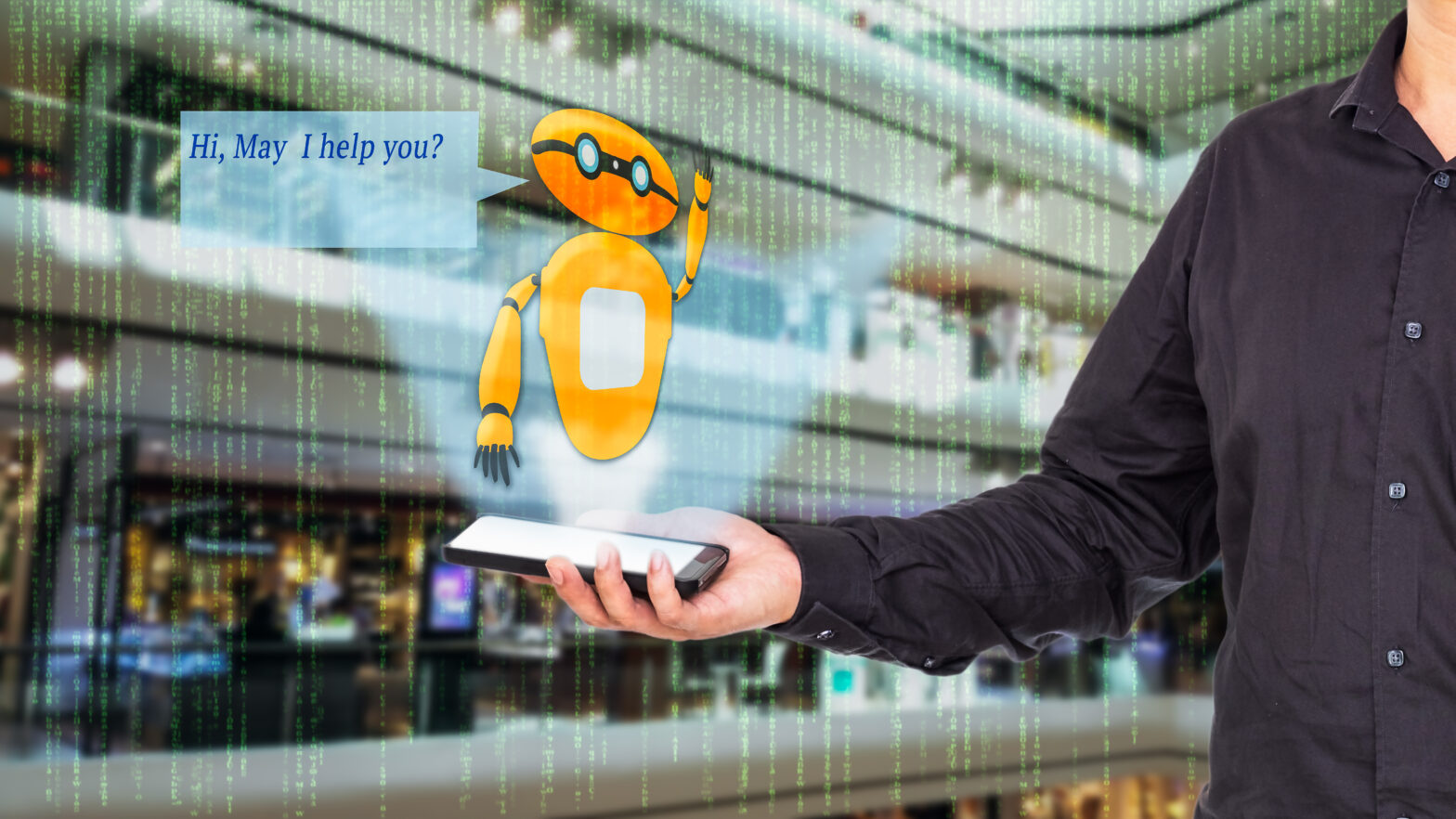From Star Wars’ C-3PO to The Jetsons’ Rosie, robots have fascinated us for generations. It’s no surprise, then, that with the right combination of technology and process, chatbots have become all the rage.
A chatbot is probably the widest use of “bots” (short for robot) in the market today. Bots are software solutions that operate as an agent for a user, another software program or simulate a human activity.
>See also: A CIO’s guide to chatbots: Everything you need to know
Chatbots are a specific manifestation of bots that have seen a recent spike in interest due to the rapidly progressing maturity of natural language processing and the ubiquity of mobile devices.
Why the chatbot chatter?
According to TechEmergence, chatbots are expected to be the number one consumer application of artificial intelligence (AI) over the next five years. In 2016, more than 30,000 branded chatbots were launched, and the growth is still accelerating as businesses deploy them across major consumer-facing sectors, from e-commerce to customer service. The introduction of Siri, Alexa, Cortana and Google Assistant have put chatbots in the limelight, speeding up their acceptance as an appropriate channel.
Chatbots have demonstrated their value in dealing with repetitive e-commerce tasks. They can be programmed to handle frequent and repetitive questions, complete specific tasks like placing an order or even guide a user through multi-step processes – all by primarily using messaging as a conversational interface.
However, chatbots aren’t trained to handle every situation. Businesses must understand which specific cases can be automated and build in the right handovers to let customers talk to human operators when they reach a point of frustration that a bot wouldn’t be able to handle.
>See also: Chatbots should be experts, not virtual assistants
To this day, the vast majority of customers don’t trust chatbots to run intelligent deductions or understand complex interactions. These perceptions mean that the interaction between customers and chatbots will remain very basic, in the short term, until they are proven to add significant business value.
But there are also bots that can learn from the data that you put into it (machine learning), that can handle more complex tasks and that are increasingly approximating more believable human interaction.
The ideal chatbot is one that can have a conversation that is as natural as possible and that is indistinguishable from a normal one between humans. Through a combination of machine learning and intelligence, bots are improving the omnichannel customer journey. As customers move fluidly between channels, chatbots will become a key piece of the larger omnichannel strategy.
Getting ahead of the chatbot curve
Currently, the industries reaping the greatest benefits of chatbots are those where there are economies of scale based on the volume of data, namely consumer-orientated industries.
Most use cases are for industries that tend to be at the front end of technology curves, as they have the most to benefit. They also have the scale and repetitive tasks which chatbots can take over.
For example, telco network providers are using chatbots to inform customers when they’re due for an upgrade or utilities using them to register meter readings. In the retail space, H&M uses the H&M Kik bot as a brand extension tailored towards customising the user’s shopping experience.
>See also: Chatbots: catering to the instant shopper
Whether consumers are looking for outfit inspiration or are debating trying out a new style, they can browse potential options by chatting with H&M on Kik as if they had a personal stylist at their fingertips.
SAP Hybris has a prototype chatbot called Charly. Via Facebook Messenger, Charly can help users with grocery shopping, among many other things, by finding products, recommending items, and reminding users of certain products at a specific time.
With Charly, users can create a shopping list, add products to their shopping cart, and of course complete a checkout. By connecting with Charly through Facebook Messenger, they can create a direct connection between him, their customer account, the online shop and the messenger app.
This opens up a whole new channel that allows customers to interact with a brand or shop, simply by texting. Making use of artificial intelligence, machine learning and many other APIs, Charly starts simple and gains knowledge over time with every interaction through automated training algorithms. It’s the next step towards personalised customer engagement.
When Hanna-Barbera created the Jetsons in 1962 it had some interesting ideas about how the world would look in 2062. Fifty-five years later and some of those ideas have come to life.
>See also: Chatbots for customer service in industrial IT
Robots won’t prepare dinners or clean our houses any time soon, yet they’re doing pretty well at being our personal assistants. These days there’s no need to call a restaurant to make a reservation or to plug in directions, just ask your chatbot to sort it out for you.
In the not too distant future, AI powered chatbots will become personalised handheld assistants that will plan your holidays. From destination inspiration to booking flights and hotels, chatbots will manage the entire process.
Or in the realms of fashion, chatbots will play the role of the stylist that flawlessly pick and choose your outfit no matter what the event. With new use cases popping up every day, the chatbot revolution is truly here. Watch this space.
Sourced from John Heald, Global VP, SAP Hybris










